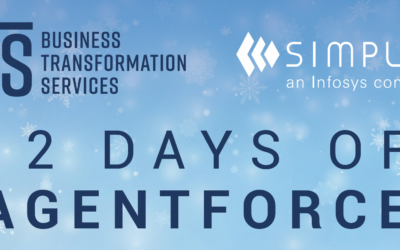A typical pharmaceutical drug development cycle includes research and development, drug trials (testing), production, and drug launch. The types of products can vary from vaccines and therapeutics to new drugs, indications, or formulation. The drug development cycles vary based on the level of research, testing (drug trials), and market penetration required. The factors that affect market penetration include competitor landscape and demand.
Pre-COVID pharmaceutical companies were on the path to remove waste in their processes and speed their delivery to market. Pharma looked at new technology, reorganization, and new ways to launch in the market. However, while some of these ideas were either still in conception or the pilot phase, COVID increased the pressure and the urgency to research, test, and deliver a vaccine in record time. That said, it’s not enough for pharmaceutical companies to simply increase their speed on their existing bandwidth. They are also expected to increase the size of the bandwidth as well by being able to deliver more vaccines than they ever have before.
How did companies speed up drug launches?
Pharmaceutical companies started the race to fast-track their research and development. All companies did what any good research team is expected to do, gather data, set success criteria, develop a solution, create permutations, run experiments and tests, and push the stable result to the trial phase. However, one question remains. If we are not reducing the number of steps, since they are critical to developing a viable and safe product, how can companies still be fast in the research and development phase? The answer is in the layers of technology and data. Companies that had been adopting newer technology for research were able to gain accurate results quickly. With help of interconnectedness through CRM technologies such as Salesforce, companies were able to pull information from various stages of research seamlessly. Lastly, with AI and machine learning, the data presented predictive analytics for further testing faster than ever before.
What were the byproducts of fast production and large quantities?
Fast-tracking drug research and development meant increasing the pipeline and bandwidth of the supply chain. Government and private institutions looked for new ways to administer the vaccine to achieve the primary goal (i.e., administer to as many people as fast as possible). As a result, simplus designed a mobile vaccine management solution to allow our client to administer vaccines at people’s homes, allowing our client to reach more people. While the process external to pharmaceutical companies sped up, the pipeline at the companies slowed down. Given the finite bandwidth of the research and development and clinical trials teams, other drugs’ development were deprioritized or put on hold. The temporary acceleration in the process truly pressure tested all aspects of the drug development and helped the executives realize what their operating model lacked.
How can speed become a sustainable part of the pharmaceutical operating model?
Pharmaceutical industry operating models are unique in the sense that they combine the elements of innovation and regulation in their single product lifecycle. Many companies have begun looking at ways to speed up their operations permanently while promoting innovation. One of the ways the companies are balancing efficiency and innovation is through the application of Agile (or Business Agility). Through Agile, research and development teams can restructure their priorities systematically when a need for higher priority all of the sudden surfaces, for example, a need to find a vaccine for COVID-19. Research teams reshuffle and maintain their backlog, shift attention and resources to new items, structure their newly prioritized work in the release timeline, and still go to market with the products as originally planned with Agile. Fast cycles result in needing quicker review and approval from medical, legal, and regulatory teams. While Agile certainly provides a guideline and framework to innovate, legacy technology constraints still present a bottleneck in the system.
How can Salesforce help pharmaceutical companies achieve speed to market?
One of the core fundamentals of Agile is the interconnectedness of systems, information, and people. Salesforce technology at its core by default allows systems and processes to connect so that people and information can come together. Through Salesforce partner products such as DocuSign, medical, legal, and regulatory can adopt and implement their custom contract life cycle management (CLM) process to streamline and speed up review and approval stages. Under Salesforce, allow your organization to define the key performance indicators (KPIs) and let the rest of the system guide the users on prioritizations, celebrate wins, and highlight successes. Agile is a continuous improvement model in which systems, processes, and the flow of information can continuously improve. To quickly define and redefine processes, Salesforce Industries provides a great option with its point-and-click solution.
For some pharmaceutical companies, COVID may be the reason to find better ways of working. For others, it has simply accelerated the process that may have already begun pre-pandemic. In either scenario, pharmaceutical companies can greatly benefit from Agile and Salesforce adoption. Combined, companies can speed up innovation, remove waste, and provide better service to their customers. Because of prolonged remote working and operating models, the need for interconnectedness has never been greater. Salesforce therefore can help people feel connected with the companies that it looks to receive solutions and answers during the pandemic.















0 Comments